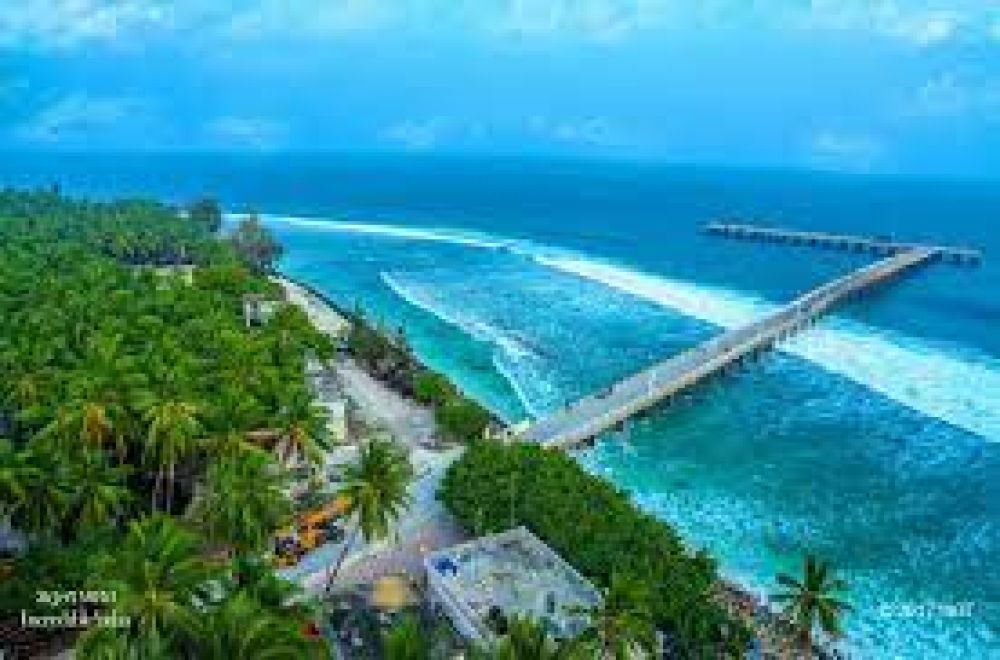

Tourism in Kavaratti Island traces its modest beginnings back to the late 20th century. As one of the most pristine set of islands in the Arabian Sea, the Lakshadweep archipelago to which Kavaratti belongs was relatively unknown to the outside world for a long time due to its isolation and strict entry policies. Initially, tourism was limited mainly to domestic travelers after the Lakshadweep Administration began promoting eco-friendly tourism development in the 1970s.
The island's natural beauty, coupled with the allure of its exotic corals, rich marine life, and the tranquility that pervades life in Kavaratti, slowly began drawing the attention of international tourists. The establishment of the Sports Authority of India (SAI) Water Sports Centre in the late 1980s also marked a turning point, leading to the growth of adventure tourism on the island.
In the 1990s, the Lakshadweep administration amplified its efforts to promote tourism by upgrading infrastructure and establishing resorts that adhere to ecological-norms. Kavaratti was among the few islands opened up for tourism, and the introduction of luxury cruise ships traveling between the islands added to its accessibility and appeal.
Tourist facilities improved, with the creation of more accommodating options like the establishment of the eco-friendly Bangaram Island Resort, which further placed Lakshadweep, and specifically Kavaratti, on the tourist map. Communication systems improved over the years, making the island more tourist-friendly.
Today, Kavaratti Island is known for its serene beaches like Agatti and Bangaram, extensive coral reefs, and water-based activities. The island gently balances tourism with conservation, maintaining the idyllic nature of its environment. Underwater life, including vibrant coral gardens and a diverse range of aquatic species, remains a major attraction for tourists, fostering a growing interest in activities such as scuba diving, snorkeling, and kayaking.
Eco-tourism is increasingly popular, with visitors seeking to experience the natural beauty of the island without harming its delicate ecosystem. The island has seen a consistent focus on sustainable practices, from the construction of tourist facilities to the operation of daily activities.
The latest trends in Kavaratti tourism include personalized experiences and boutique stays, catering to tourists who prefer a more intimate and exclusive holiday. Moreover, experiential travel, where visitors partake in local customs and traditions, has become particularly sought after, with homestays and interactions with the indigenous community gaining popularity.
There is also an increasing trend towards digital connectivity and online promotion. The use of digital platforms for bookings and the promotion of Kavaratti through social media is broadening its reach to potential visitors worldwide, although maintaining a controlled tourism model to protect the fragile ecosystem of the island.
The future of Kavaratti Island tourism looks to uphold the principles of sustainability, emphasizing the preservation of its natural beauty while welcoming visitors from around the world to discover its tranquil shores.